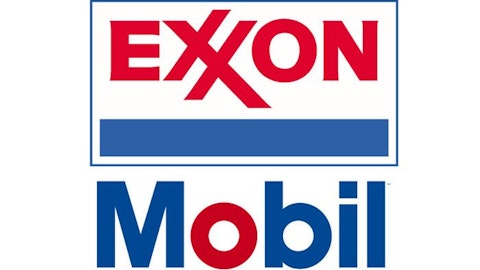Pop quiz! And there’s just one question: “What Is a Dividend?” You probably know that it’s a bit of money paid out by a company to shareholders, but you may not know why the company does that, or what it might mean, for you and the company.
So let’s jump in, and start at the beginning. Imagine a company, such as Mops ‘n’ Brooms (ticker: SWABZ), with its compelling tag line: “Providing actionable domestic engineering solutions that leverage and optimize client excellence with a relentless focus on driving shareholder value going forward.” Now, assume that Mops ‘n’ Brooms is raking in a lot of cash every year. What will it do with that money? Well, it has lots of options. Here are some of the main ones: It could pay down debt, or build new factories, or hire more workers, or buy more advertising, or buy another company, or buy back some of its own shares, or invest it, or … pay a dividend. It may well decide to do a combination of some of those things, too.
But why?
Why does a company pay a dividend? Well, if it doesn’t see more effective ways to deploy its excess cash, then a dividend will make sense. This is why many companies, especially younger, smaller, or fast-growing ones, don’t pay dividends. They need all their excess cash to help them grow. Troubled companies often don’t pay dividends, either, as they may need their income to pay down steep debt. They may not even have any net income at the moment.
It’s not a bad sign if a company doesn’t offer a dividend. It can still reward shareholders by growing rapidly. But a dividend is a promising sign, suggesting that the company is relatively stable, with earnings predictable enough to permit it to commit to regular payouts.
Simple math
The answer to the question “What is a dividend yield?” is a bit different from our “What is a dividend?” question. But they’re quite related. The dividend is the actual sum of money paid by the company per share — usually per quarter, and sometimes once or twice a year. But it’s hard to make sense of just that number. Two companies may both pay $1 per quarter, for example, but they’re not equally attractive (dividend-wise) if one costs you $20 per share, and the other costs $100.
Thus, the dividend yield. To get it, you divide the annual dividend amount by the current stock price. In our two examples, dividing $1 by $20 yields 0.05, or 5%. Dividing $1 by $100 yields 0.01, or 1%. So you’ll get five times as much dividend income if you buy into the $20 stock, because it has a juicier dividend yield.
What to seek and avoid
When you’re seeking dividend investments, go ahead and favor hefty dividend yields, but be wary when they’re really hefty, because they might be unsustainable. Seek healthy and growing companies, too, and ones that are not paying out more in dividends than they’re actually earning. For a sobering lesson, check out an article from October of last year by my colleague Brian Stoffel, who wrote about “3 Extremely Dangerous Dividends,” discussing rural telecom specialist Windstream Corporation (NASDAQ:WIN), supermarket concern Roundy’s Inc (NYSE:RNDY), and electronics retailer RadioShack Corporation (NYSE:RSH). It hasn’t been much more than five months since the article was published, and while Windstream’s payout is intact, RadioShack’s has disappeared, and Roundy’s has roughly been cut in half. Windstream Corporation (NASDAQ:WIN) may have low profit margins and a lot of debt, but it’s been investing in new directions and growing its revenue. Roundy’s Inc (NYSE:RNDY) is also saddled with debt and low margins, and operates in a tough industry. Still, it’s at least free-cash-flow positive. RadioShack Corporation (NYSE:RSH) has long been struggling and recently posted shrinking quarterly revenue and widening losses. One ray of hope is its new CEO, turnaround specialist Joseph Magnacca.

A promising place to seek dividend contenders for your portfolio is the index of Dividend Achievers, which are companies that have hiked their dividends for at least 10 consecutive years. One company on the list, for example, is Intel Corporation (NASDAQ:INTC), which is yielding about 4% recently, and has been raising its payout by about 12% annually over the past five years, on average. It, too, has struggled a bit lately, but it’s healthy, with deep pockets, and has been moving into the rapidly growing mobile arena.
Now you, too, can answer the question, “What is a dividend?” And better still, you might want to consider adding some to your portfolio.
The article What Is a Dividend? originally appeared on Fool.com and is written by Selena Maranjian.
Longtime Fool contributor Selena Maranjian, whom you can follow on Twitter, owns shares of Intel Corporation (NASDAQ:INTC) and Windstream Corporation (NASDAQ:WIN). The Motley Fool recommends Intel. The Motley Fool owns shares of Intel and RadioShack Corporation (NYSE:RSH).
Copyright © 1995 – 2013 The Motley Fool, LLC. All rights reserved. The Motley Fool has a disclosure policy.
